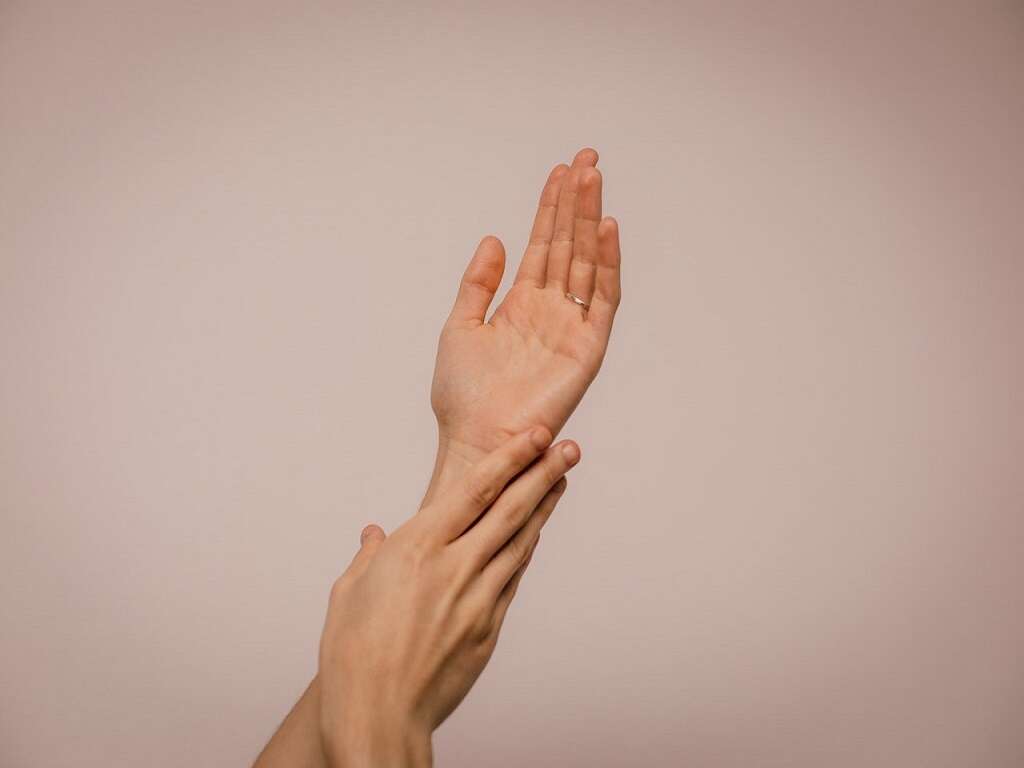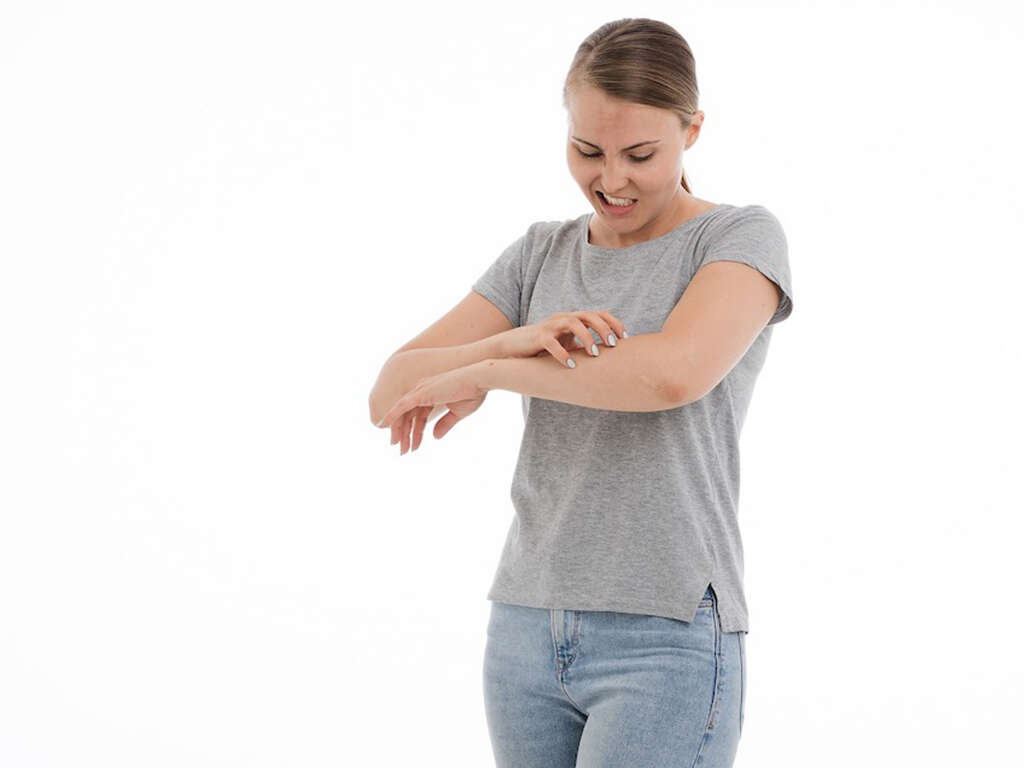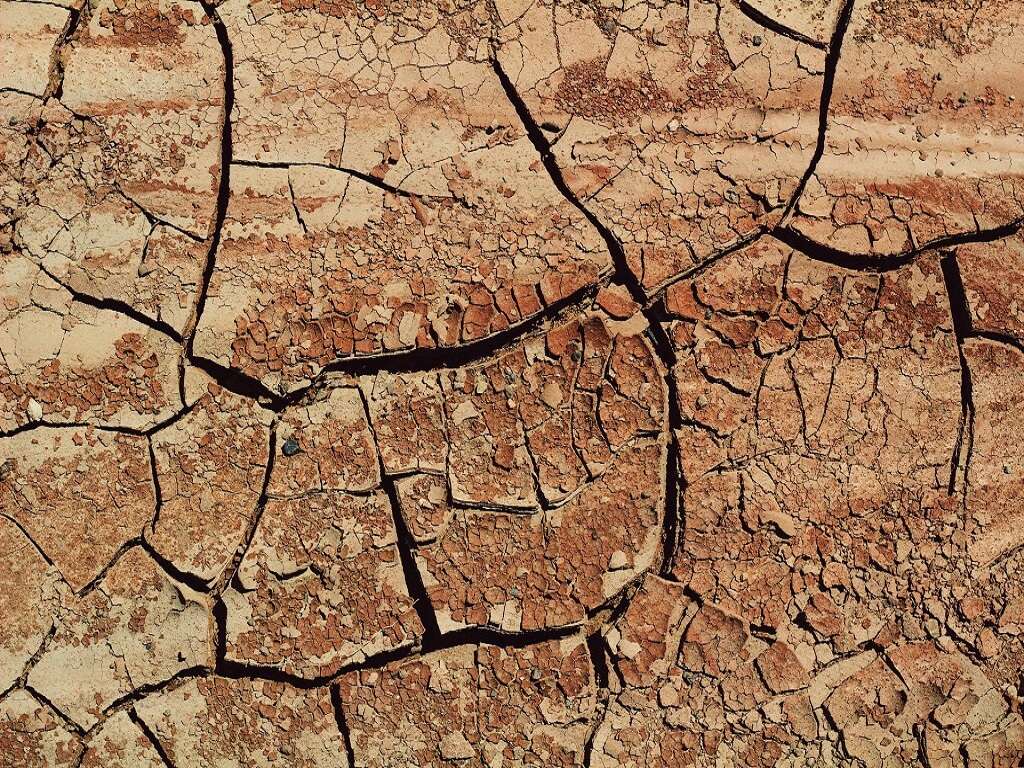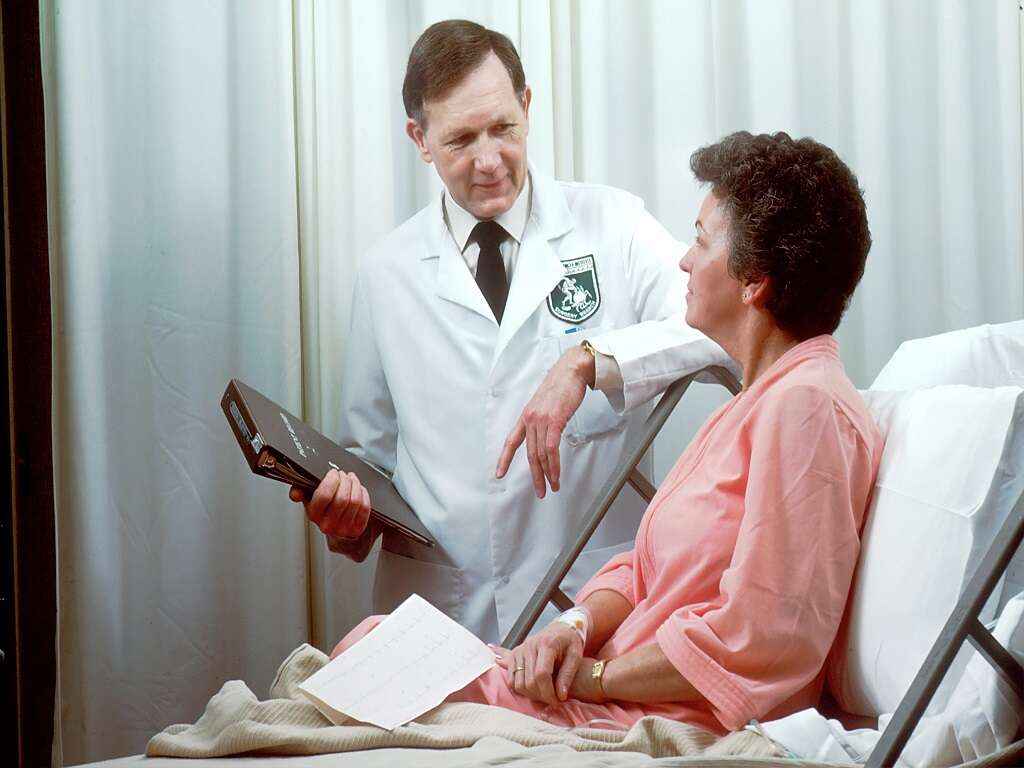Seborrheic Keratosis Symptoms, Causes and More
 Article Sources
Article Sources
- 1. 'Seborrheic Keratosis.' Mayo Clinic, Mayo Foundation for Medical Education and Research, 14 Sept. 2019, www.mayoclinic.org/diseases-conditions/seborrheic-keratosis/symptoms-causes/syc-20353878.
- 2. Articles.' Cedars, www.cedars-sinai.org/health-library/diseases-and-conditions/s/seborrheic-keratosis.html.
- 3. Publishing, Harvard Health. 'Seborrheic Keratoses.' Harvard Health, www.health.harvard.edu/a/to/z/seborrheic-keratoses-a-to-z.
- 4. U;, Wollina. 'Recent Advances in Managing and Understanding Seborrheic Keratosis.' F1000Research, U.S. National Library of Medicine, pubmed.ncbi.nlm.nih.gov/31508199/.
- 5. Balasubramaniam, Darshana, and Craig G. Burkhart. 'Hydrogen Peroxide Use for Chemical Destruction in Seborrheic Keratosis: A Review.' The Open Dermatology Journal, opendermatologyjournal.com/VOLUME/13/PAGE/68/FULLTEXT/.
- 6. Study of Seborrheic Keratosis by Dermoscopy Using...'Indian Journal of Dermatopathology and Diagnostic Dermatology, 22 Dec. 2020, www.ijdpdd.com/text.asp?2020/7/2/64/304338.
Seborrheic keratoses, abbreviated as SK, are benign skin growths. They grow from skin cells called keratinocytes in the outer layer of the epidermis.3Publishing, Harvard Health. ‘Seborrheic Keratoses.’ Harvard Health, www.health.harvard.edu/a/to/z/seborrheic-keratoses-a-to-z. Doctors sometimes refer to these growths as basal cell papillomas or seborrheic warts. Seborrheic is slightly misleading because growths are not influenced by sebum and have no relationship with sebaceous glands.
SK growths are very common and appear more often as people age. Most people develop at least one seborrheic keratosis during their lifetime.4U;, Wollina. ‘Recent Advances in Managing and Understanding Seborrheic Keratosis.’ F1000Research, U.S. National Library of Medicine, pubmed.ncbi.nlm.nih.gov/31508199/. Growths are sometimes mistaken for warts, and they're known by several common names, including senile wart, wisdom wart, or brown wart.
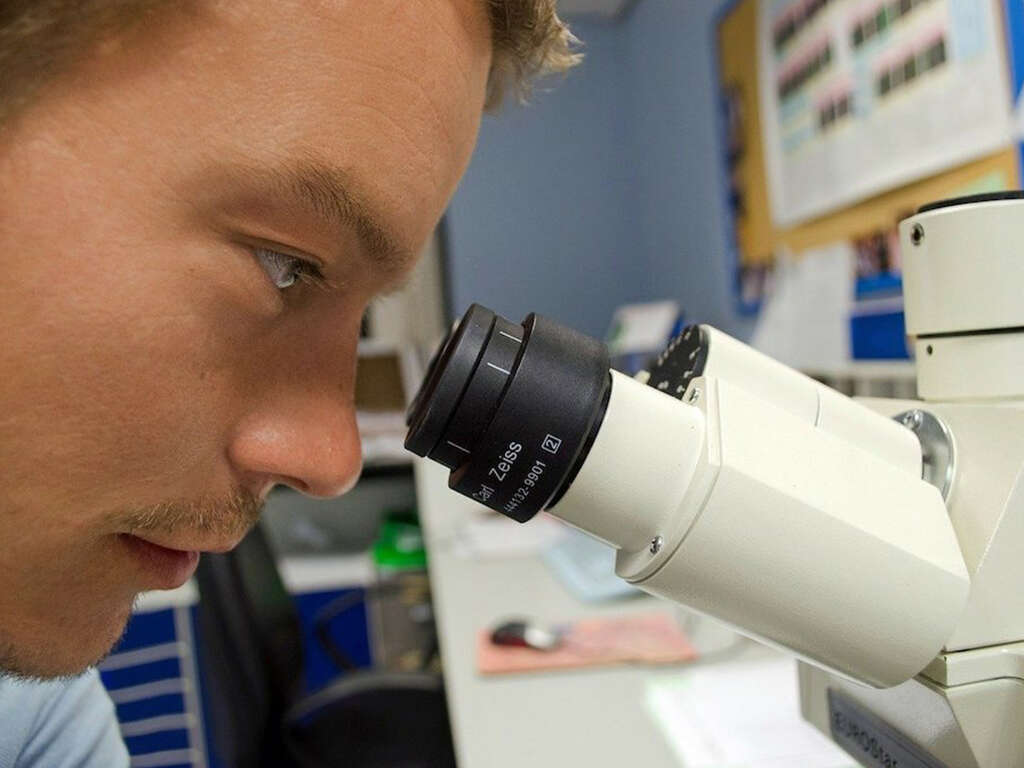
1. Seborrheic Keratosis Symptoms
Seborrheic keratoses are usually round or shaped like an oval. Growths occur in a wide range of colors, including black, white, light or dark brown, tan, yellow, gray, or a combination of two or three colors.1‘Seborrheic Keratosis.’ Mayo Clinic, Mayo Foundation for Medical Education and Research, 14 Sept. 2019, www.mayoclinic.org/diseases-conditions/seborrheic-keratosis/symptoms-causes/syc-20353878.
Individual seborrheic keratosis growths, sometimes called papules or lesions, can be anywhere from 1-millimeter to 3-inches in diameter. Papules are slightly raised or flat against the skin, and their surfaces are waxy or scaly. The appearance of seborrheic keratoses has been described as melted candle wax or something pasted onto the skin.2Articles.’ Cedars, www.cedars-sinai.org/health-library/diseases-and-conditions/s/seborrheic-keratosis.html.

2. Location
Papules occur most frequently on the neck, head, back and chest, although they can grow on any patch of skin except palms and soles. They don't grow on mucous membranes. Lesions usually start as small, lightly pigmented papules that become larger and darker over time.1‘Seborrheic Keratosis.’ Mayo Clinic, Mayo Foundation for Medical Education and Research, 14 Sept. 2019, www.mayoclinic.org/diseases-conditions/seborrheic-keratosis/symptoms-causes/syc-20353878.
Some people develop only one seborrheic keratosis, but it's more common to see a few papules grouped together or single lesions in several locations. It's also possible to develop hundreds of growths, although this scenario is very uncommon.3Publishing, Harvard Health. ‘Seborrheic Keratoses.’ Harvard Health, www.health.harvard.edu/a/to/z/seborrheic-keratoses-a-to-z.
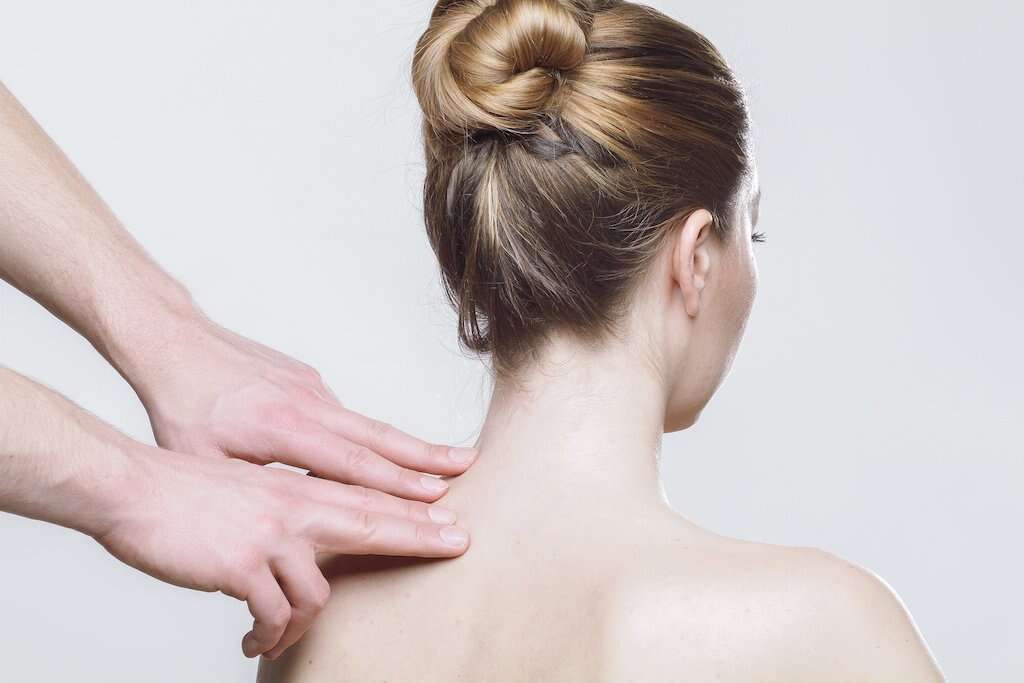
3. SK Variants
Seborrheic keratosis lesions can be categorized into five variants.6Study of Seborrheic Keratosis by Dermoscopy Using…‘Indian Journal of Dermatopathology and Diagnostic Dermatology, 22 Dec. 2020, www.ijdpdd.com/text.asp?2020/7/2/64/304338. Solar lentigo lesions are found on skin exposed to sunlight. People with dark skin tones may develop small black or brown lesions in the dermatosis papulosa nigra variant.
Stucco keratoses are yellow, white, or gray papules on the feet or legs. Inverted follicular keratoses occur as single papules on the face. Large cell acanthomas usually develop on skin damaged by excessive sun exposure, especially among the elderly.6Study of Seborrheic Keratosis by Dermoscopy Using…‘Indian Journal of Dermatopathology and Diagnostic Dermatology, 22 Dec. 2020, www.ijdpdd.com/text.asp?2020/7/2/64/304338.

4. Causes and Risk Factors
The cause of seborrheic keratoses isn't clear. Growths are associated with age and there are no known cases of SK among children. Several members of the same family can develop seborrheic keratoses, so there may be a genetic factor.3Publishing, Harvard Health. ‘Seborrheic Keratoses.’ Harvard Health, www.health.harvard.edu/a/to/z/seborrheic-keratoses-a-to-z.
Sometimes growths occur during pregnancy or estrogen replacement therapy. Numerous medications, including several chemotherapy agents, can trigger seborrheic keratoses in some cases. Gene mutations found in some seborrheic lesions may indicate a link with ultraviolet radiation, but this theory hasn't been thoroughly researched yet.4U;, Wollina. ‘Recent Advances in Managing and Understanding Seborrheic Keratosis.’ F1000Research, U.S. National Library of Medicine, pubmed.ncbi.nlm.nih.gov/31508199/.

5. Consulting a Doctor
Always consult a doctor about new or altered skin lesions, especially growths surrounded by dilated blood vessels or new growths originating from an existing mole or lesion. Schedule a visit as soon as possible if a seborrheic keratosis changes color, grows rapidly or develops an open sore.2Articles.’ Cedars, www.cedars-sinai.org/health-library/diseases-and-conditions/s/seborrheic-keratosis.html.
Other potentially suspicious symptoms include skin growths with asymmetrical or irregular shapes, blurred borders, or smooth, ill-defined surfaces. Sudden outbreaks of multiple skin lesions should also be examined by a doctor.

6. Diagnosis
Seborrheic keratoses are usually diagnosed with a physical examination and questions about medical history. Some growths resemble skin cancer lesions or precancerous cells. A doctor may perform a shave biopsy by using a scalpel to scrape tissue from a suspicious growth and examine it under a microscope.2Articles.’ Cedars, www.cedars-sinai.org/health-library/diseases-and-conditions/s/seborrheic-keratosis.html.
A seborrheic keratosis is permanent without treatment. Growths don't disappear on their own. Most seborrheic keratoses don't require treatment, but removal is beneficial in some cases.
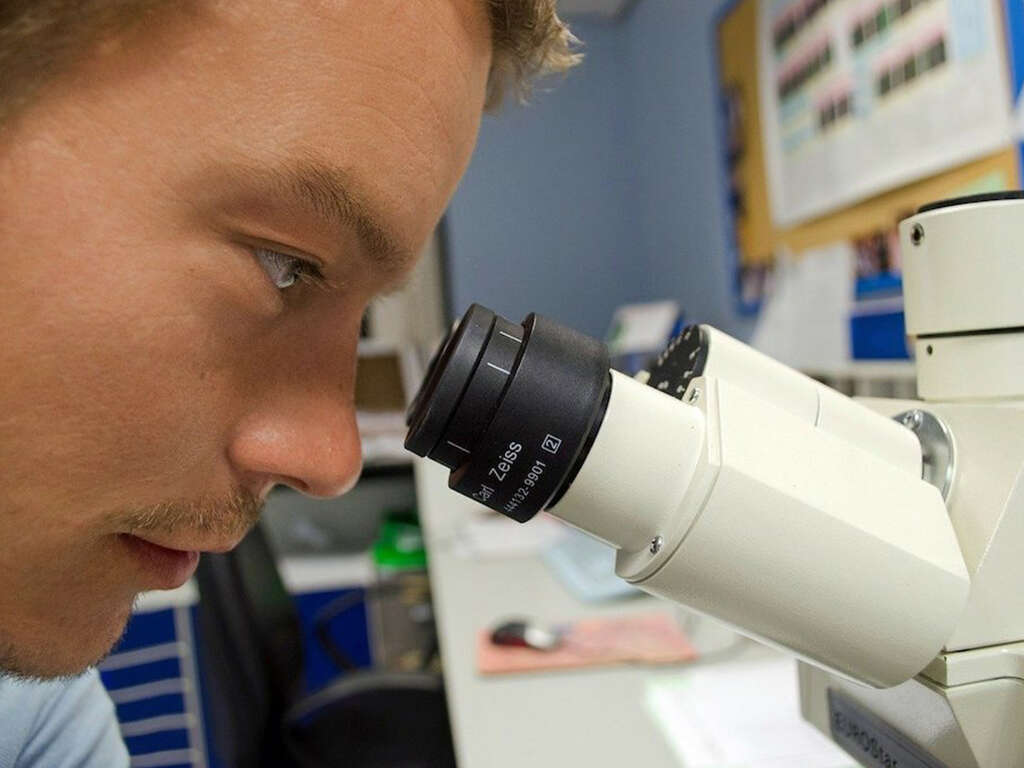
7. Treatment
Physicians might recommend removal when a seborrheic keratosis resembles skin cancer. Growths that are frequently caught up in clothing, zippers, or jewelry are candidates for removal because they can become irritated or painful. People can request removal if they dislike the appearance of seborrheic keratoses.4U;, Wollina. ‘Recent Advances in Managing and Understanding Seborrheic Keratosis.’ F1000Research, U.S. National Library of Medicine, pubmed.ncbi.nlm.nih.gov/31508199/.
Non-invasive treatment options include benzoyl peroxide or hydrogen peroxide solutions, Tazarotene cream, and urea solutions combined with scraping. The effectiveness of current and potential topical treatments is still being researched.5Balasubramaniam, Darshana, and Craig G. Burkhart. ‘Hydrogen Peroxide Use for Chemical Destruction in Seborrheic Keratosis: A Review.’ The Open Dermatology Journal, opendermatologyjournal.com/VOLUME/13/PAGE/68/FULLTEXT/.

8. Cryotherapy
Invasive removal procedures are usually performed after numbing skin with a local anesthetic. Cryotherapy is a common and minimally invasive treatment for skin growths.1‘Seborrheic Keratosis.’ Mayo Clinic, Mayo Foundation for Medical Education and Research, 14 Sept. 2019, www.mayoclinic.org/diseases-conditions/seborrheic-keratosis/symptoms-causes/syc-20353878. A doctor applies liquid nitrogen with a spray gun or cotton swab.
The extreme cold destroys cells inside the seborrheic keratosis and the growth falls off within a few days. Sometimes a blister forms under the growth and produces a dry crust that also falls away quickly.
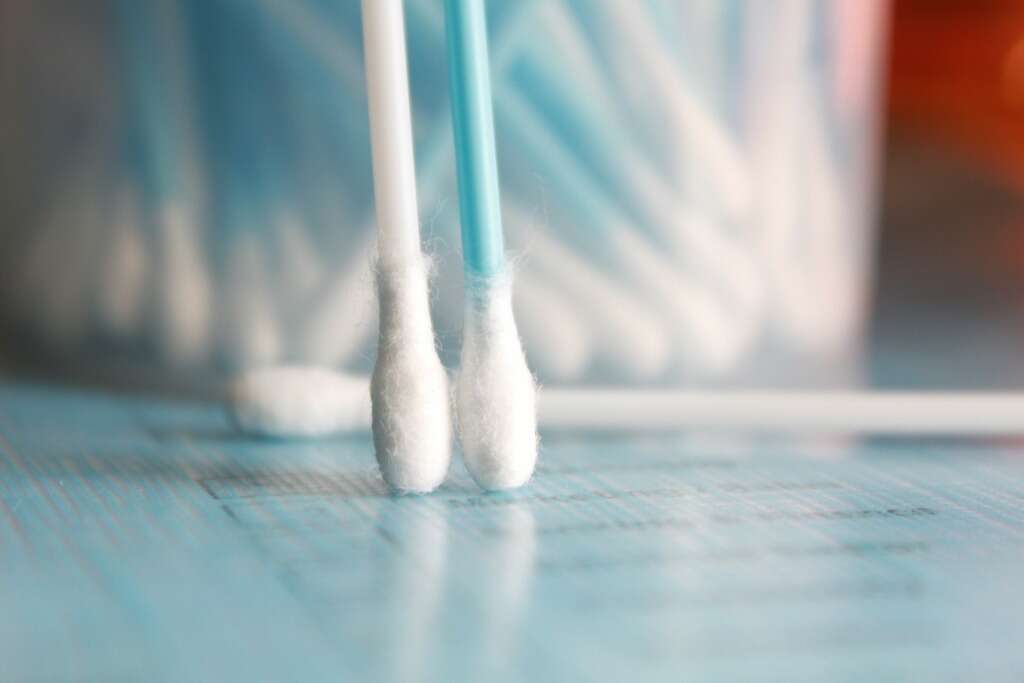
9. Removal Procedures
Electrosurgery, also known as electrocautery, destroys skin growths with an electric current. A doctor uses a curette, a scoop-shaped surgical instrument, to scrape growth tissue away from the skin. Sometimes a small amount of bleeding occurs during or after the procedure.3Publishing, Harvard Health. ‘Seborrheic Keratoses.’ Harvard Health, www.health.harvard.edu/a/to/z/seborrheic-keratoses-a-to-z.
Ablation is a minimally invasive procedure that vaporizes growths with a laser. Surgical shaving removes seborrheic keratoses by directly scraping and cutting them away with a sharp razor.4U;, Wollina. ‘Recent Advances in Managing and Understanding Seborrheic Keratosis.’ F1000Research, U.S. National Library of Medicine, pubmed.ncbi.nlm.nih.gov/31508199/. Shaving is most effective for superficial growths that cover a relatively large area.
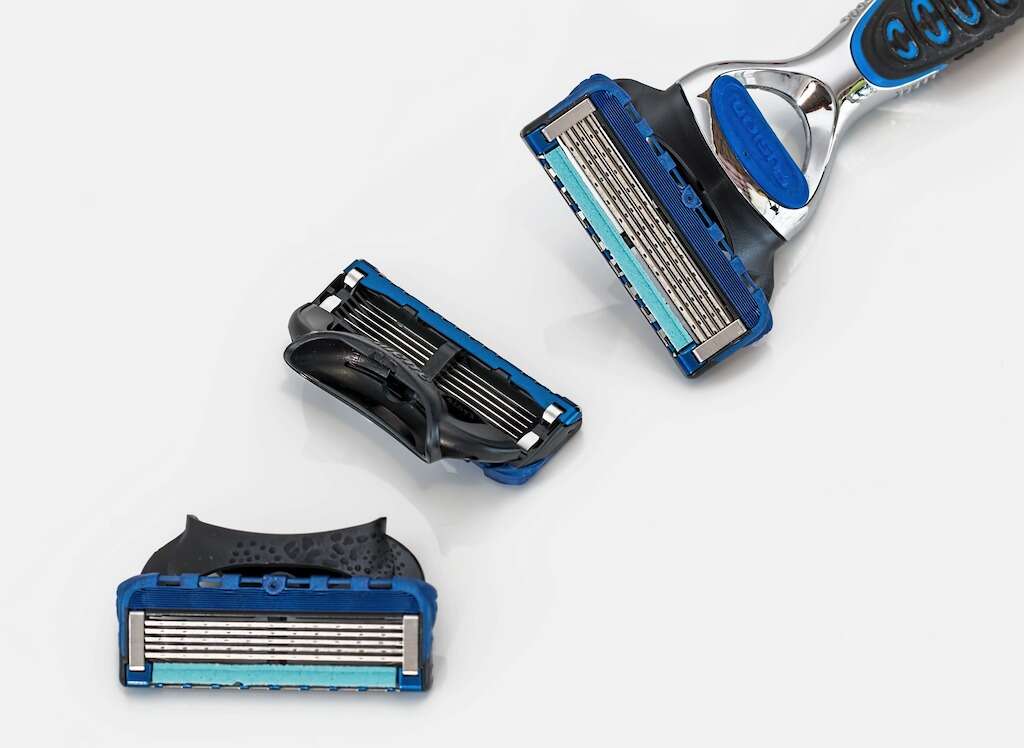
10. Outlook
Seborrheic keratoses rarely grow in the same place after removal, but new lesions can develop in other areas. Treatment-induced pigment loss is a possible side effect of removal procedures. Affected skin becomes lighter than surrounding skin. This condition is usually temporary, although it can become permanent.
Untreated seborrheic keratoses aren't malignant, but they can potentially interfere with a skin cancer diagnosis. Cancerous or precancerous cells may be misdiagnosed as benign growths. Seeing a doctor regularly and periodically inspecting skin lesions reduces the risk of misdiagnosis.



